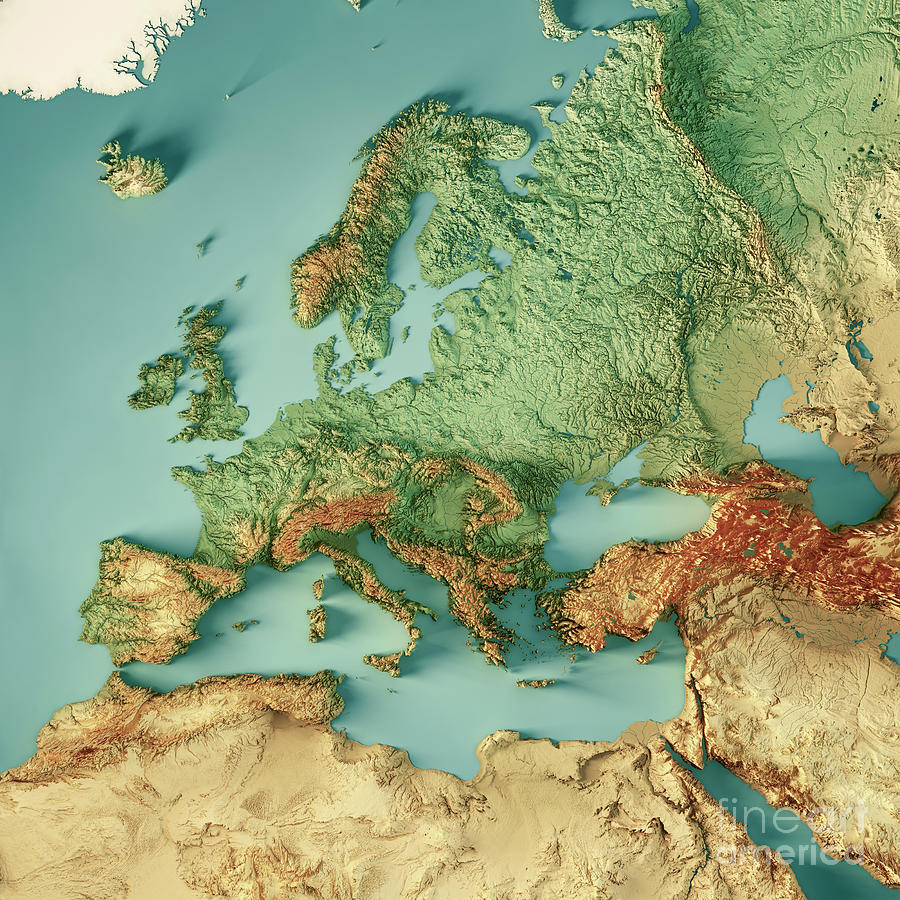I wonder to what extent the western powers in Trianon were also motivated to punish the experiment with communism during summer of 1919 ? And how memory of this continues to influence modern views?
Later, the Soviet union extracted products and resources cheaply from its satellites - did this contribute to resentment of Ukraine as the transit country (I heard similar from Romanians)?
Today, the rural - urban political divide is similar in many other corners of europe, or even usa. I just wonder why the power balance in this case seems to be skewed away from the younger educated ‘city people’ in Budapest - maybe also specific demographics relating to those borders ?
Ben Matthews
- New here on lemmy, will add more info later …
- Also on mdon: @benjhm@scicomm.xyz
- Try my interactive climate / futures model: SWIM
- 0 Posts
- 54 Comments

 52·13 days ago
52·13 days agoAlthough not an expert on that specific country, I can be sure that ’ almost all ’ is very misleading, even if it gets a lot upvotes because people find it convenient to blame some big bad other. Even if you have specific data for electricity, don’t forget a lot of CO2 is emitted by cars, and also by fuel to heat homes (including some peat in special case of ireland - and in that country a large fraction of GHG emissions is also methane from agriculture).
I use vscode as I develop this model in Scala3, whose language-server ‘metals’ integrates well with vscode, and when scala3 was new in mid-21 this was the platform they first targeted. But the scala command-line tools do the clever analysis, vscode provides the layout, colours, git integration, search/regex, web-preview etc… Now considering other options (eg zed) as vscode too dependent on potentially unsafe extensions (of which too much choice), also don’t want M$ scraping my code. Long ago when same model was in java I used netbeans, then eclipse. Would prefer a pure-scala toolset.

 6·19 days ago
6·19 days agoMais - j’essais comprendre n’étant pas français … - si les ministres auraient été remplacés par leurs suppléants, le résultat aurait été ± la même, n’est-ce pas ?
Point de vue d’un visiteur d’un pays voisin en planifiant voyages en famille, la problème c’est que c’est si complexe, rechercher d’options différentes pour chaque région.

 1·1 month ago
1·1 month agoI see that says ‘has to be local only, not federated’ (same issue also discussed on github).
‘Local only’ suggests to me front-end, i.e. info stored by browser. In that case people who are often switching devices would have to re-organise on each one, which could be tedious.
So isn’t there something in between local and federated - i.e. saved by the instance as user-settings, but not pushed to other instances?
Maybe there could be some manual copying mechanism, so a user who organises a big set of communities could share with others. (This reminds me of mastodon ‘lists’ and various ways of organising and transferring them).

 0·1 month ago
0·1 month agoNearly 200 upthumbs, more ?!
But the discussion explores broader and narrow variants, need to coalesce.

 6·2 months ago
6·2 months agoBut as the map shows, Sweden has good night trains, both south directly from Stockholm to Hamburg and Berlin, and north to Umeå and beyond.

 4·2 months ago
4·2 months agoNow that’s a more useful map - trains you can really ride on now !
(cf previous map of TENs - about european project funding).
Indeed I have taken many of these routes.
It’s great if you live near hubs like Praha, Wien, Stockholm or indeed Lviv.
However there are so many gaps which existed not so long ago. For example I remember the hotel-trains across Spain from Irun to Lisbon and Algeciras (for Maroc), nightly trains Bruxelles-Luxembourg-Basel-Milano and Bruxelles-Warszawa, also Villach-Belgrade. Going back even further I even recall (London-)-Ostend-Moscow and Thessaloniki-Istanbul.
So I hope some of these will come back again, and/or go longer distances in one night using high-speed lines (as in China).

 1·2 months ago
1·2 months agoAh, reminds me Nord-Rhein-Westphalia (at least they might have removed the map behind the screen !) Seems they have prioritised building new highways to connect to the SW.

 1·2 months ago
1·2 months agoAh, pity. I have done Estonia to Poland by train, recall a long time in Valga, peaceful place for lunch if you’re not in a hurry… Also recall little boats in Augustow. Btw openrailwaymap now shows the rail-baltica route dashed if you zoom in.

 5·2 months ago
5·2 months agoYou exaggerate somewhat - there are only track-gauge changes at the border of Spain, former Soviet-Union (Moldova, Ukraine, Lithuania) and Finland (way up north…) Also some narrow-gauge mountain railways. Often you do have to change train at the border due to differing electricity systems (openrailwaymap.org shows both). Anyway many borders are in pretty places in the hills or by the sea, good to see the view and get some fresh air. For a really comprehensive exploration of border crossings check out Jon Worth’s site

 8·2 months ago
8·2 months agoOver many years I took my kids by train to see almost every country in europe (all except Moldova, Kosovo, and islands…). Mostly we used inter-rail tickets as kids up to 12 are free. Now they got older it’s more difficult, but a few weeks ago took my family from Wallonie to Catalonia - for 29€ each person, all the way from belgian border to spanish border (with some hours in Paris). Can also get good prices from DB crossing three countries (e.g. Belgium - Italy, or Poland ). It helps to know the routes (use openrailwaymap) and experiment with the options (add ‘via’, change stopover time etc.). Indeed it’s frustrating that every country system is different.

 4·2 months ago
4·2 months agoFrom Estonia, currently it’s probably easiest to take a ferry to Stockholm, thence a night train direct to Hamburg or Berlin. Continue from Hamburg to Köln and change there to go further west. Of course you can go via Kaunas - Bialystok but it’s slow now, when rail Baltica is complete there will be fast trains Tallinn - Warsaw.

 202·2 months ago
202·2 months agoFrom the tasks described, it seems to me they were not measuring ‘Computer Skills’ as reasoning, patience, tenacity - people could have similar issues with similar tasks involving a pile of papers.

 1·2 months ago
1·2 months agoHi, excuse me for replying so late, but i’ve been away from lemmy for.a while. Well, to summarise, the model calculates the future trajectories, of population, economy, emissions, atmospheric gases, and climate response etc., according to a set of (hundreds of) diverse options and uncertainties which you can adjust - the key feature is that the change shows rapidly enough to let you follow cause -> effect, to understand how the system responds in a quasi-mechanical way.
Indeed you are right, complexity is beautiful, but hard. A challenge with such tools is to adjust gradually from simple to complex. Although SWIM has four complexity levels, they are no longer systematically implemented - also what seems simple or complex varies depending where each person is coming from, so i think to adapt the complexity filter into a topic-focus filter. Much todo …
I’m using Alexandrite, find it good

 11·5 months ago
11·5 months agoAs it happens I’ve been calculating per capita emissions for 28 years, since COP2. You can see my model here.
No I certainly don’t include Russia nor Turkey, although europe is more than EU. Korea is indeed notable. Regarding what they call ‘consumption emissions’, you can get such data from Global Carbon Project, on that I’m less an expert but my hunch is that industry emissions are dominated by heavy products like steel and cement for construction (made with help of gigatons of coal), rather than light consumer goods for export. Over-construction is the root of the problem, global emissions will peak (maybe now) as that bubble bursts.

 1·5 months ago
1·5 months agolopq’s original comment is correct for ‘whole west’ too. the second part is also true per capita. By the way europe also has a lot more people than united states, it’s not irrelevant.
Interesting - especially regarding the linguistic isolation factor, making it easy to dominate media.
Although even among many similar slavic languages, I wonder how many people are listening to other country’s media. And if we look at other isolated languages in Europe, eg. Finland, Basque, Albania, it’s hard to see a pattern in political consequences.